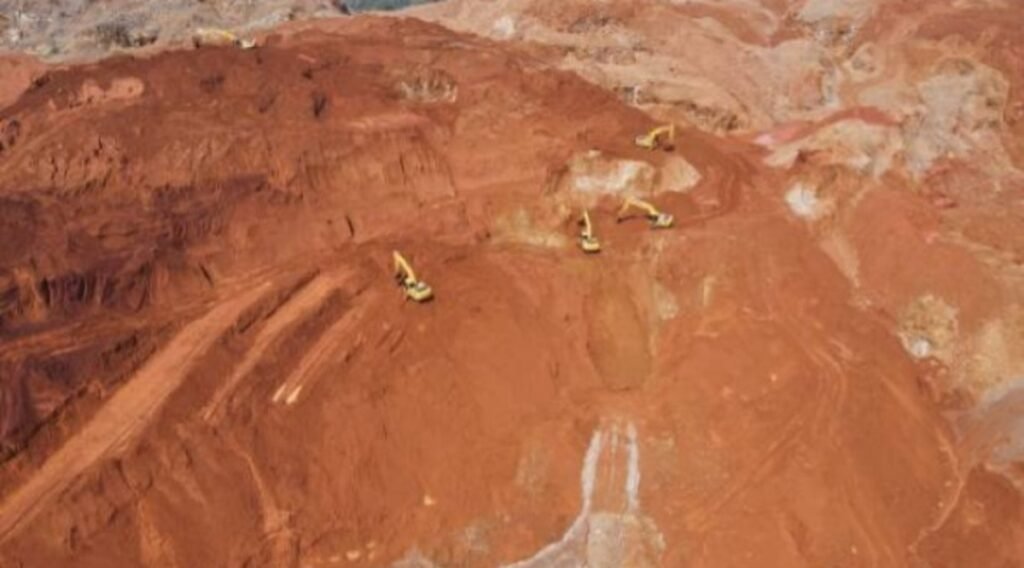
The Centre’s recent Office Memorandum (OM) exempting uranium mining from mandatory public consultations has raised eyebrows in uranium-rich Meghalaya, where past attempts to extract the mineral have repeatedly run into local resistance. The Ministry of Environment, Forest and Climate Change (MoEFCC) on September 8 issued the OM, which excludes mining of atomic minerals, including uranium, as well as critical and strategic minerals under the Mines and Minerals (Development and Regulation) Act from public hearings.
Meghalaya is home to one of the country’s largest uranium reserves, particularly in Domiasiat, Wahkaji and adjoining areas of West Khasi Hills district. Meghalaya’s West Khasi Hills district, particularly Domiasiat and Wahkaji, hosts some of the country’s largest uranium deposits. Past attempts to mine the mineral have consistently faced opposition from local communities over environmental, health, and tribal rights concerns. The National People’s Youth Front (NPYF) urged Khasi Hills Autonomous District Council (KHADC) Chief Executive Member Shemborlang Rynjah to invoke the Sixth Schedule of the Constitution to protect tribal rights. Bajop Pyngrope, NPYF working president, said the CEM assured them the issue would be reviewed with council officials.
The Hynniewtrep Youth Council (HYC) criticised the government for attempting to revive uranium mining in the state. HYC president Roy Kupar Synrem noted that earlier efforts by Uranium Corporation of India Ltd (UCIL) were abandoned due to strong local resistance. The Khasi Students’ Union (KSU), leading anti-uranium campaigns for decades, condemned the exemption of public consultations as a violation of indigenous rights. KSU President Lambok Marngar warned of intensified protests if mining initiatives resumed. Efforts to exploit Meghalaya’s uranium reserves have been stalled for more than 20 years amid ongoing concerns about health risks, environmental damage, and the rights of indigenous communities.
